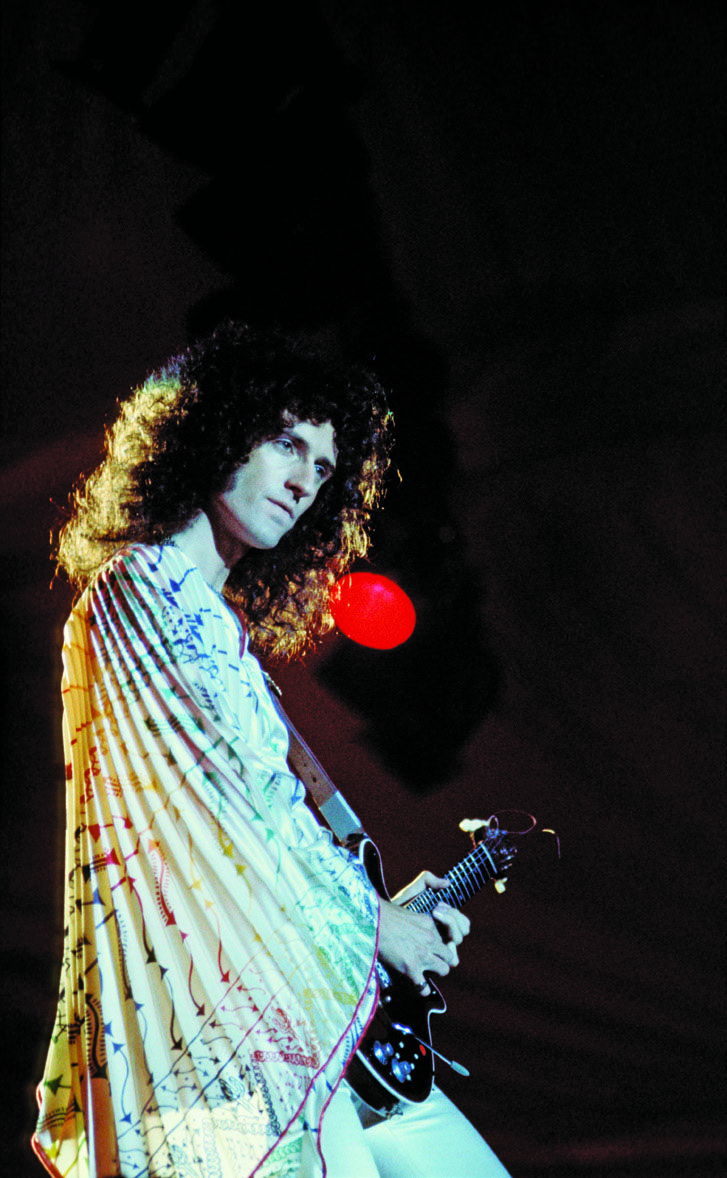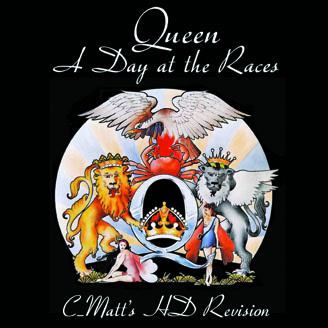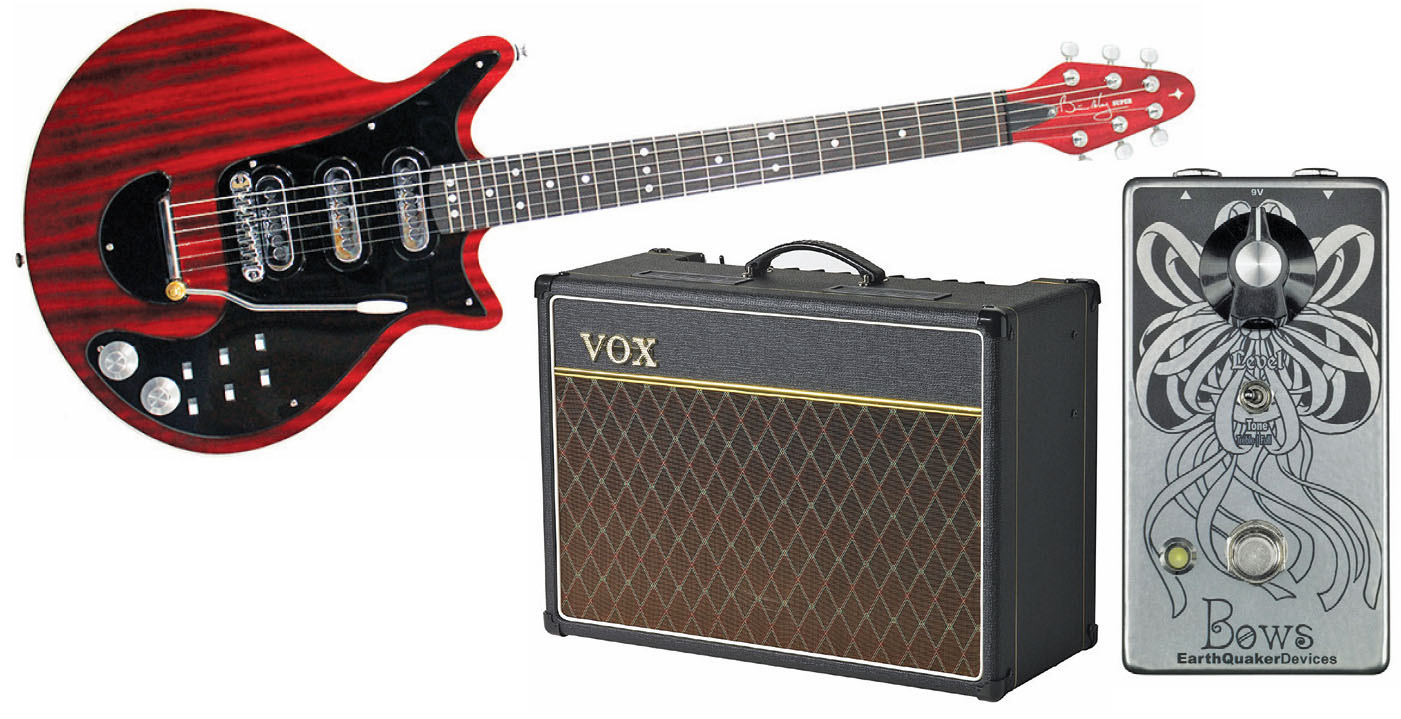The Secrets Behind Brian May's Guitar Sound on Queen's "Tie Your Mother Down"

Brian May wrote this rowdy blues rocker in 1968, but for some reason, he waited until Queen were recording their sixth album (1976's A Day at the Races) before he presented the song to the band. May admits that seeing Rory Gallagher perform in the late Sixties inspired him to adopt a Vox AC30 amp and Dallas-Arbiter Rangemaster treble booster for his own rig, but the connection between May and Gallagher never was more apparent than it was on this song. But while Gallagher played a Strat, May relied—as always—on his homemade “Red Special” guitar, which contributes immensely to May’s distinctive hollow, nasal midrange tone.

This deceptively simple rig provided May with a diverse variety of tones, thanks to his guitar’s unorthodox series pickup wiring and phase switches. May exclusively used the AC30’s Normal channel where only two of the amp’s controls are active: volume and cut. May turns the cut control all the way off for maximum treble and keeps the amp’s volume at 10, using the guitar’s volume control to dial in textures ranging from sparkling clean with trebly chime to thick and dirty distortion with swelling single-note sustain and aggressive power chord grind.
For “Tie Your Mother Down,” the guitar’s volume control is about halfway up to provide just a hint of overdrive for the driving rhythm parts, and May turns the volume up higher for more sustain and gain on his solos.
The treble booster, which May always kept on, actually cuts muddy bass frequencies and boosts upper midrange to accentuate the inherent “honk” of the Red Special’s Burns Tri-Sonic single-coil pickups while also boosting the guitar’s signal to produce more distortion and compression at full gain. With the bridge and middle pickup wired in series, the two pickups essentially operate like a single humbucker with the signal from one pickup running directly through the other (instead of being routed separately to the output jack) and boosting output.
ORIGINAL GEAR
GUITAR: Homemade “Red Special” with chambered body, 24-inch scale and three Burns Tri-Sonic single-coil pickups wired in series with individual on/off and phase switches (bridge and middle pickups on, in phase); volume: 5 (turn up to 8–10 for solo), tone: 10.
AMP: Mid-Sixties Vox AC30 Treble Boost with two Celestion G12 Alnico “Blue” 12-inch speakers (Normal channel—Normal “Hi” input, Cut: 0, Volume: 10)
EFFECTS: Dallas-Arbiter Rangemaster treble booster (On, Set:10)
STRINGS/TUNING: Rotosound British Steels (.008, .009, .011, .016, 0.22, .034); Standard
PICK: English sixpence coin, glass slide

GET THE SOUND, CHEAP!
Get The Pick Newsletter
All the latest guitar news, interviews, lessons, reviews, deals and more, direct to your inbox!
● Brian May Guitars BMG Special
● Vox Custom AC15C1
● Mooer Pitch Box
● EarthQuaker Devices Bows Germanium preamp booster
TONE TIP: Just like on May’s AC30, the AC15C1’s Normal channel is the way to go. Crank up the Normal volume all the way and keep the master Tone Cut set to zero (if that’s too trebly, nudge it up slightly). An original Dallas Rangemaster has a moderate amount of gain—the EarthQuaker Bows sounds closest with the Treble setting and the level control at about 6-7.
Chris is the co-author of Eruption - Conversations with Eddie Van Halen. He is a 40-year music industry veteran who started at Boardwalk Entertainment (Joan Jett, Night Ranger) and Roland US before becoming a guitar journalist in 1991. He has interviewed more than 600 artists, written more than 1,400 product reviews and contributed to Jeff Beck’s Beck 01: Hot Rods and Rock & Roll and Eric Clapton’s Six String Stories.
Guitar World Discussion: Who is the most underrated guitar player of all time?
Ozzy Osbourne’s solo band has long been a proving ground for metal’s most outstanding players. From Randy Rhoads to Zakk Wylde, via Brad Gillis and Gus G, here are all the players – and nearly players – in the Osbourne saga











